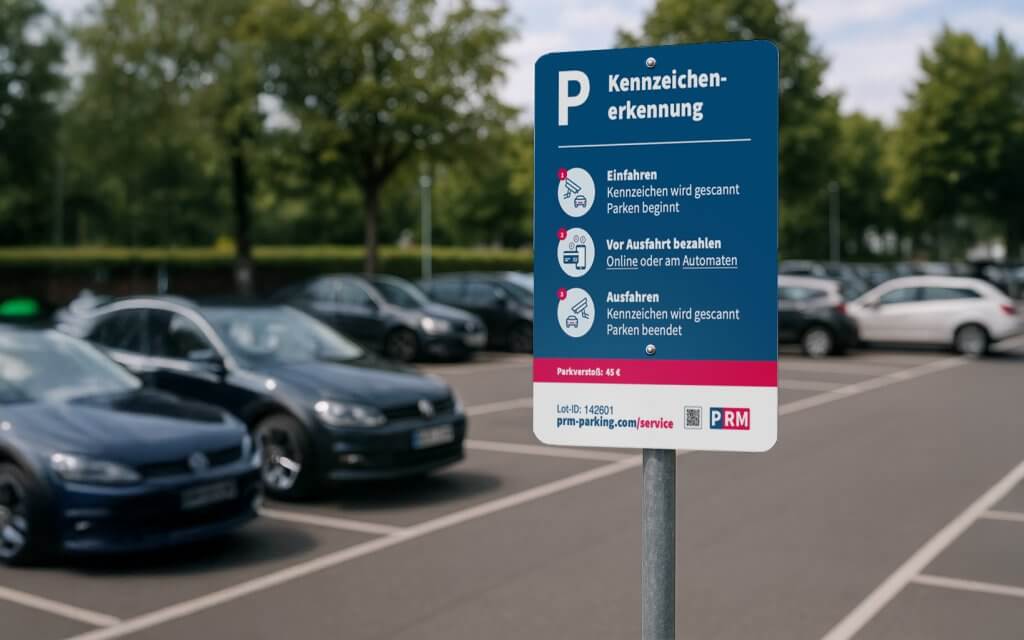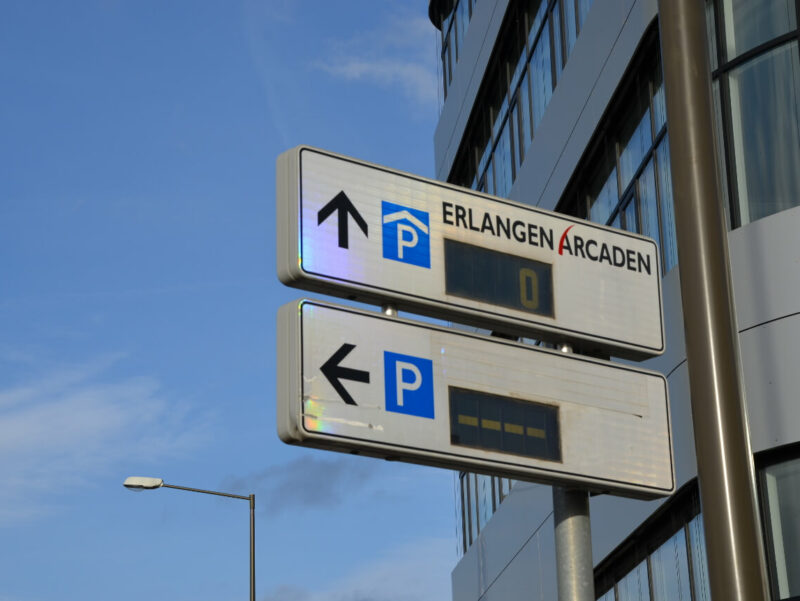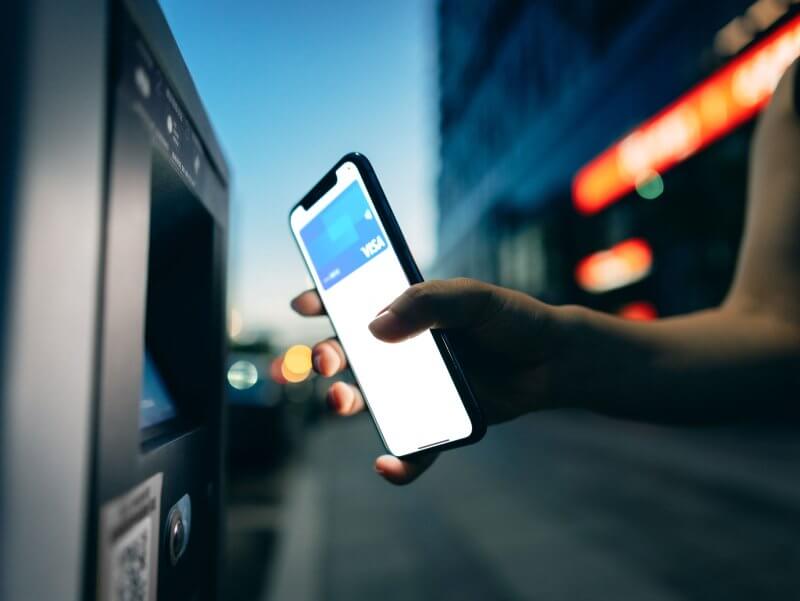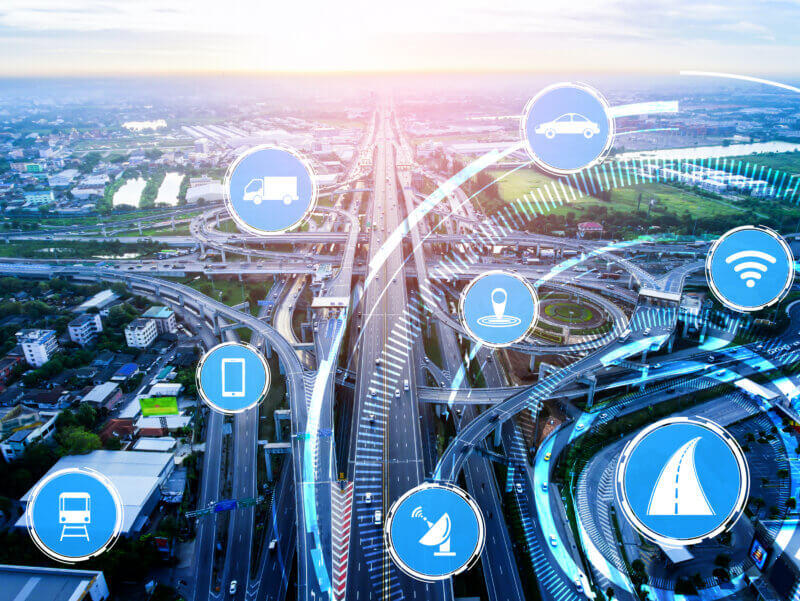Automatic license plate recognition - technology, data protection and practical implementation for parking space operators

Digitalization is changing the way parking spaces are managed. Operators of parking spaces, multi-storey parking lots and corporate areas are now faced with the challenge of managing their facilities more efficiently while meeting modern requirements for data protection and user convenience. One key technology that is becoming increasingly important in this context is automatic license plate recognition (ANPR). ANPR stands for Automatic Number Plate Recognition and describes a system that automatically records and analyzes vehicle license plates using cameras and special software and compares them with existing databases.
ANPR systems offer a number of advantages: They facilitate access control, reduce administrative work and enable contactless parking. At the same time, they help to identify parking offenders and reduce costs. In this article, we shed light on how this technology works, technical requirements, implementation challenges and data protection aspects. We also show how PRM Parken, as a partner for digital solutions, supports operators in the successful implementation.
What is automatic license plate recognition?
The automatic license plate recognitionalso known as License Plate Recognition (LPR)is a technology that makes it possible to record and process vehicle license plates in real time. Special cameras and software are used to record and analyze the license plate and compare it with a database.
These systems are used in various areas:
- Parking lot managementAutomated entrances and exits without tickets or barriers.
- Tolling systemsRecording and automatic billing of toll charges on highways or expressways.
- Border controlsMonitoring of vehicles at national borders to increase security.
- Traffic monitoringDetection of speeding violations, red light violations and other traffic violations.
For parking operators, the focus is particularly on optimization of access control. ANPR systems enable automated management of parking spaces, which reduces the administrative administrative effort is reducedthe traffic flow is improved and at the same time operating costs can be achieved.
Technical requirements for ANPR systems
For ANPR systems to function reliably in practice, all technical components must be optimally coordinated. PRM Parken relies on state-of-the-art cameras and software solutions that work precisely even under difficult conditions and remain reliable in the long term.
-
Camera technology
The camera is the heart of every ANPR system. Precise detection requires high-quality image processing. The demands placed on cameras for license plate recognition are particularly high:
- ResolutionCameras should have a resolution of at least 2 megapixels (MP) to deliver sharp images even at high speed.
- Infrared technologyCameras with infrared enable the detection of license plates even at night or in poor lighting conditions without the need for additional lighting.
- Frame rateA high frame rate of 60 to 120 frames per second (FPS) is necessary in order to capture license plates precisely, even for fast-moving vehicles.
- Protection classCameras with a protection class of IP67 or higher are protected against dust, water and extreme temperatures.
- Installation angleThe optimum angle to the road should be a maximum of 30° to avoid distortion and ensure precise detection.
-
Software integration
In addition to the hardware, the software also plays a central role. Modern systems use optical character recognition (OCR) and deep learning algorithmsto reliably recognize even dirty, damaged or individual license plates. The software from PRM Parking can also be can also be seamlessly integrated into existing parking management systems and enables automated processing of the collected data.
Weather and light conditions - challenges for license plate recognition
One aspect that is often underestimated when implementing ANPR systems is the weather and lighting conditions. Rain, snow, fog or bright sunlight can affect the detection rate if the camera system is not equipped accordingly.
Modern cameras are equipped with infrared technologyto deliver precise results even in poor lighting conditions, at dusk or at night. At the same time Wide Dynamic Range (WDR) functions functions are used to automatically compensate for strong contrasts - such as reflections from sunlight or spotlights. This means that the detection rate remains high regardless of the weather conditions, which is particularly important in unprotected outdoor parking lots.
Site selection - the key to successful implementation
In addition to the technology, the correct positioning of the cameras is crucial for the success of an ANPR system. To ensure reliable detection, the cameras must be positioned in such a way that vehicle license plates are detected early on and as close to the front as possible. The clearer the view of the license plate, the higher the detection rate and the lower the risk of false detections.
Obstacles such as trees, signs or parked vehicles can restrict the view of the license plates. Uneven terrain, steep driveways or bends also make detection more difficult. If a vehicle drives around a bend at high speed, the camera must still capture the license plate in good time. In addition to the optimum camera position, the speed of the vehicles, the position of the access roads and the lighting situation must also be taken into account.
PRM Parking offers comprehensive site planning to ensure that the cameras work efficiently under all conditions. If a single camera angle is not sufficient, the planning is supplemented by additional camera systems. In addition, care is taken to ensure that no neighboring private properties or public roads are recorded in order to avoid data protection violations. Attention is also paid to appropriate signage that informs users about the technologies used.
Operational safety and maintenance - keeping ANPR systems reliable
An ANPR system must not only work precisely, but also function reliably in daily operation. Regular camera or software failures can disrupt the entire parking operation and lead to costs. Operational reliability is therefore a decisive factor for long-term success.
PRM Parking relies on robust camera systems that have been specially developed for outdoor use. These are protected against weather influences such as rain, snow or extreme temperatures and have a high impact resistance to withstand vandalism. Additional protection modules are used to ensure functionality even in the event of power fluctuations.
In addition, PRM Parken's remote maintenance functions enable software updates to be installed automatically and faults to be detected at an early stage. This reduces the need to have a technician on site and many faults can be rectified remotely. Automatic monitoring functions ensure that the systems are checked regularly. In the event of a failure, a message is generated immediately so that operators can react quickly. This minimizes downtime, reduces operating costs and ensures smooth management of the parking area.
Data protection and GDPR compliance
ANPR systems process personal data in the form of identifiers and must therefore comply with the requirements of the General Data Protection Regulation (GDPR). Handling this data requires special care in order to avoid legal violations.
Operators must ensure that the data is only processed for specific purposes, such as access control or billing of parking fees. Unauthorized use is prohibited. The information must be transmitted in encrypted form and stored securely to protect it from unauthorized access.
Another important point is compliance with deletion periods. Collected data must be deleted automatically as soon as it is no longer required in order to avoid unnecessary data storage. PRM Parking offers data protection-compliant solutions that guarantee both technical security and transparent communication with users. Visible signs in the parking areas inform drivers about the technologies used. This creates trust and shows that the operator handles the data responsibly.
Outlook: Why the future of parking management is digital
Automatic license plate recognition is more than just a technical upgrade - it represents a comprehensive transformation in parking space management. In an increasingly connected world, users expect convenient solutions that simplify everyday life. Operators who invest in digital systems now are not only securing a competitive advantage, but are also actively shaping the future of mobility.
The next development goes beyond license plate recognition. Future ANPR systems will be integrated into intelligent traffic control systems, e-charging station management and multimodal mobility concepts. Personalized parking services are also conceivable, in which vehicles are automatically assigned suitable parking spaces.
PRM Parking prepares operators for these developments. The focus is on combining technology, data protection and user-friendliness. Now is the best time to drive forward the digitalization of your parking spaces and benefit from the advantages of smart systems.





